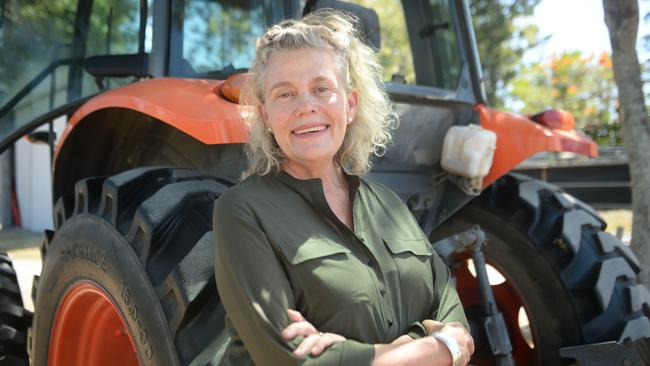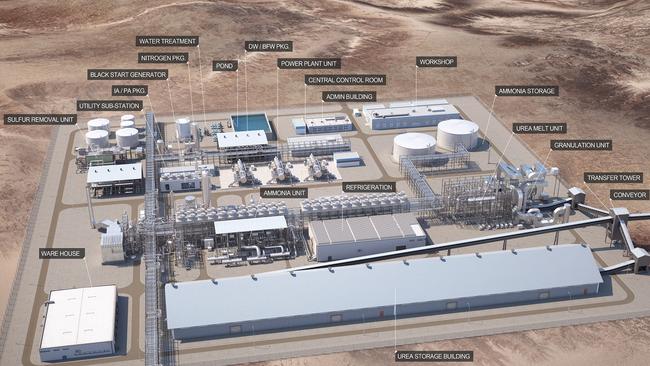Fertiliser and supply chain fix key to resilient agriculture production
A national urea shortage has renewed calls for government to safeguard agriculture and food security by increasing domestic fertiliser production.
Industry calls for increased domestic fertiliser manufacturing and greater supply chain efficiency have followed a sudden urea shortage hitting farmers along the Australian eastern seaboard.
Some producers have predicted crop losses while waiting until at least September for fresh supplies to reach the country.
National Farmers Federation president Fiona Simson said the timely availability of fertilisers was critical to agricultural production and, while understanding the challenging economics of domestic manufacturing, “we’d love to see government step in” with viable local production solutions.

“Imports will always be a big share of the market though, and the efficiency of our supply chains for things coming into the country are a factor,” she said.
“In an ideal world we’d have a level of local production, plus better efficiency in getting imported products onto farms.”
The current shortage follows a years-long fertiliser supply crisis caused mainly by high natural gas prices, Covid-19, Russia’s invasion of Ukraine, and additional Chinese fertiliser export inspection requirements.
The increased price for fertiliser saw import values increase from $2.5 billion in 2020-21 to $4.9b in 2021-22 for the same amount of product, according to the department of agriculture.
GrainGrowers advocacy and rural affairs manager Sean Cole called on the government to spend part of its $5b National Reconstruction Fund to help finance a lower cost and more reliable fertiliser supply chain and a “greener domestic fertiliser manufacturing base”.
He said while domestic urea production remained “quite some say out”, there was an opportunity for the government to co-fund phosphorus and potassium-based fertiliser production initiatives, “with numerous shovel-ready projects on hand.”
Mr Cole said other benefits included a shortening of supply lead times, job creation, gross domestic product increases and government gaining greater control over manufacturing standards and emissions.

However, the federal government has yet to include the manufacture of fertilisers in its reconstruction fund planning.
Of the three most promising domestic projects in the pipeline, the Perdaman plant in northwest Australia will convert natural gas into an estimated 2.3 million tonnes of urea a year.
However, farm leaders have raised “national security” concerns over its potential sale to the Indonesian government-backed fertiliser giant Pupuk Kaltim.
The proposed NeuRizer urea project at Leigh Creek, north of Adelaide, will be built on a former mining site that will allow gas to be extracted from an old coal seam more cheaply than retail.
Fertiliser Australia executive manager Stephen Annells said while “it would be sensational to have more domestic production”, he said the billion-dollar capital costs, low barriers to entry for imports and Australia’s “tough” environmental and industrial relations all presented a significant competitive disadvantage.
Stakeholders also believe the creation of a domestic stockpile through bulk purchase of imports will be problematic due to competition rules and capital risk.
Currently, there are multiple ammonia production projects using green energy being funded by the Australian Renewable Energy Agency.




